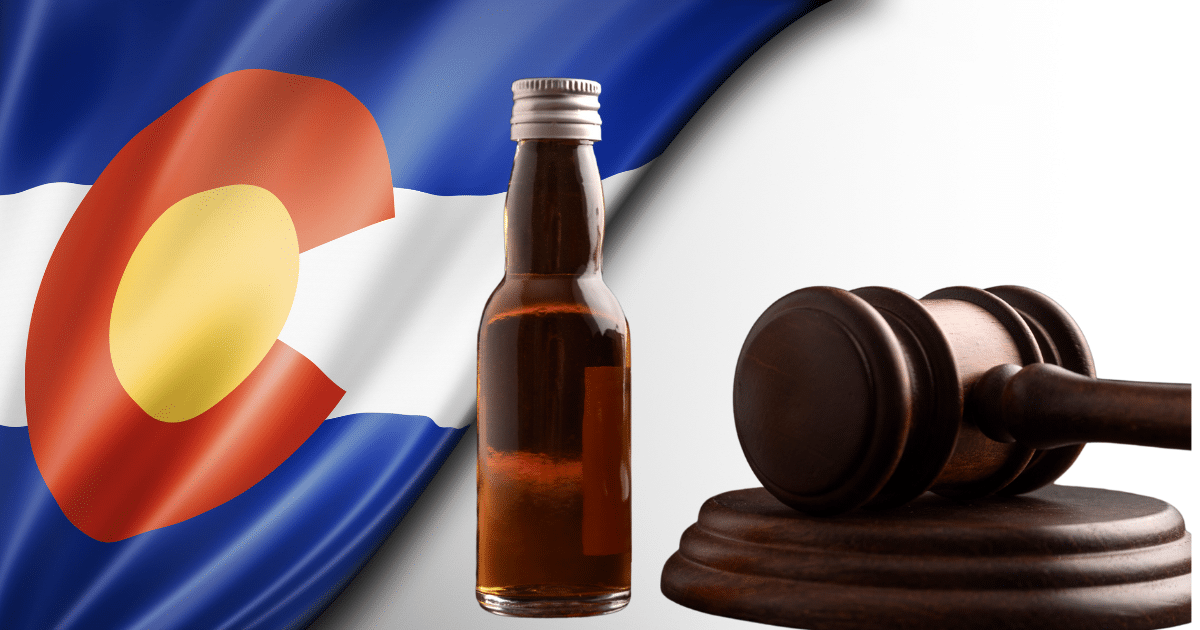Although the rate of underage drinking is at a historical low, it’s still worryingly high. Studies show alcohol marketing may be partly to blame.
Children and teenagers should not be ingesting addictive substances that can permanently alter their brains, bodies, and lives.
Over the years, many people have expressed concerns regarding a correlation between underage drinking and the portrayal of alcohol in the media.
Music, movies, TV, and the internet are potential sources from which teens gain their perception of alcohol. So, is there merit to the accusations that these alcohol advertisements are tied to underage drinking?
Continue reading as we consider the rules and regulations surrounding alcohol marketing. We’re taking a look at government restrictions on marketing to children and teens to conclude whether targeted advertising is making alcohol more appealing to young people in America.
Teen Drinking By Numbers
Among youth in America, alcohol is the substance of choice. More young people turn to beer and liquor than to cigarettes or other illicit drugs.
When surveyed by the Substance Abuse and Mental Health Services Administration (SAMHSA), over one-quarter of all youth between 12 and 17 years old admitted to drinking at least one drink in their lifetime. In fact, nearly 10% said they had used alcohol in the last month.
That means in 2019, there were 7 million underaged alcohol drinkers.
Bing Drinking Among Teens
Though young people in the United States are not drinking as often as adults, they are drinking in higher quantities. Research shows that over 90% of alcohol consumed by teenagers is consumed through binge drinking.
The National Institute on Alcohol Abuse and Alcoholism explains what qualifies as binge drinking:
- For females, consuming 4 or more drinks in 2 hours or less
- For males, consuming 5 or more drinks in 2 hours or less
Additionally, binge drinking can have serious consequences. Alcohol poisoning kills 2000 Americans each year.
Risks of Underage Drinking
There are many risks and dangers associated with underage drinking. The CDC reports that these risks include:
- Abuse of other substances
- Changes in the development of the brain
- Disruption in normal development
- Higher risk of suicide
- Loss of memories
- Low school performance
- Physical or sexual violence
- Social problems
Alcohol Addiction Among Teens
Teens who drink are more likely to become addicted and suffer from alcohol use disorder.
Specifically, when a person has reached this point, they are likely to experience some of these signs and symptoms:
- Needing to drink a lot more alcohol to get the same effect as usual
- Being unable to stop drinking
- Needing a drink so much that they can’t think of anything else
- Continuing to drink despite the negative effects in their life
Research has shown that people who begin to drink alcohol before the age of 15 are 5 times as likely to meet the criteria for an alcohol use disorder as adults.
Are Alcohol Ads Encouraging Teens to Drink?
Now, we must consider what is leading these underage youths to alcohol. As stated earlier, many believe that the way that alcohol is advertised plays a role in this situation.
TARGETED ADVERTISING
Advertising has been around since man learned how to trade, although the methods of delivery used have changed drastically.
Companies have always had to target their advertising at certain sectors of the population. Offering maternity pants to post-menopausal women doesn’t make much sense. Neither does peddling hair growth cream to teenage boys.
Of course, alcohol marketing is no different. Companies that make alcohol need to sell their products. Business Insider reports that each year, alcohol companies spend over $400 million on advertising.
GOVERNMENT RESTRICTIONS ON ALCOHOL MARKETING
In the United States, regulations govern how alcohol can be advertised. Through the Federal Alcohol Administration Act, the Alcohol and Tobacco Tax and Trade Bureau determines what is allowed when marketing alcohol.
However, there are currently no rules against marketing to those who are under the legal drinking age.
The Federal Trade Commission shares that most companies have internal agreements to not advertise to kids and teens.
ADVERTISING ALCOHOL TO TEENS
Despite these self-regulatory goals, kids and teens are being exposed to ads for alcohol.
A Rand study published in 2016 showed that youth in America are seeing on average 3 alcohol advertisements each day.
In fact, the majority of these youth report that the ads they are seeing are on billboards or signs.
At three ads a day, that’s over 1,000 times a year that an underage child is being shown alcohol.
Does Alcohol Marketing Lead to Drinking?
A national study showed that the more that youth were exposed to advertisements for alcohol, the more likely they were to drink. For each alcohol ad a person saw, they drank 1% more.
Another study showed that students in 7th grade who viewed commercials for alcohol were more likely to drink once they were in 8th grade.
Dartmouth Medical School researchers found that youth who were exposed to alcohol in movies were much more likely to drink alcohol.
Research point to the fact that increased advertising for alcohol does indeed lead to higher instances of underage drinking.
Hope and Healing from Alcohol Addiction
If you or a loved one is struggling with alcohol, please don’t go another day alone!
At Landmark Recovery, we are here to help you fight your addictions and find healing. We have a variety of services and programs to meet your needs, and our expert staff are ready to help you start your journey!
Contact us today to learn more about the options available to you! Call us at 888-448-0302.

Choose Recovery Over Addiction
We're here 24/7 to help you get the care you need to live life on your terms, without drugs or alcohol. Talk to our recovery specialists today and learn about our integrated treatment programs.




